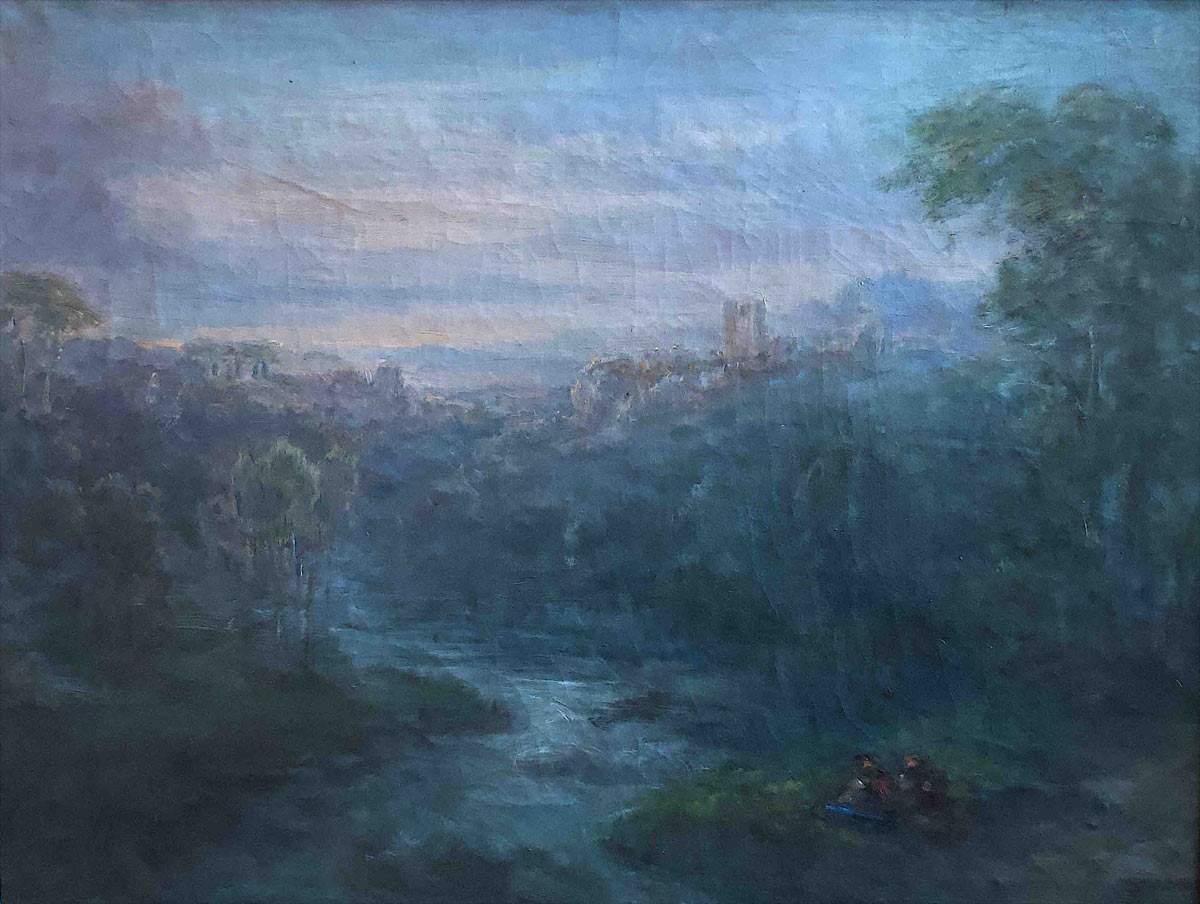Bergamo, three works by Piccio at the Accademia Carrara
Three new exceptional loans tell the story of Giovanni Carnovali, known as il Piccio (Montegrino Valtravaglia, 1804 - Cremona, 1874) one of the most experimental authors of the19th century, from March 11 to June 12, 2022, at the Accademia Carrara in Bergamo. A project curated by Maria Cristina Rodeschini, which invites the public on an unprecedented journey to rediscover the author, along with narratives related to the museum’s collections, its history and the Bergamo area.
The three loans, of exceptional quality and rarely shown to the public, are the Portrait of Gina Caccia (The Green Necklace) from a private collection, Landscape at Brembate Sotto (pictured) from the Ricci Oddi Gallery of Modern Art in Piacenza, and the Portrait of Vittore Tasca from the Bettino Craxi Foundation-ETS. With this exhibition event, Carrara invites the public to dwell on a painter who significantly marked the history of the 19th century.
Gifted since his adolescence, Giovanni Carnovali lived closely the history of the Bergamasque museum and the school of painting, led by Giuseppe Diotti, attending it for five years. On the second floor in the Vitali Wing, the monumental work with the Death of Antigone, Diotti’s artistic testament, is permanently displayed after recent restoration, underscoring the constitutive link between museum and school. He will immediately appreciate Piccio’s skills Guglielmo Lochis, a great collector and one of Carrara’s most important patrons, who had his portrait painted by the painter in 1835 (Room 3).
The museum holds about 15 of the painter’s paintings. Room 26 presents a wide selection of them, compared with some of the works of fellow travelers, from Giacomo Trecourt to Francesco Coghetti, who shared with Piccio the years of his apprenticeship and, from different points of view, the great changes that nineteenth-century painting was about to undergo.
The three paintings on display - The Green Necklace, Portrait of Vittore Tasca, and Landscape at Brembate Sotto - admirably exemplify in rapid succession the decade 1860-1870, a period in which unitedItaly was taking its first steps and during which Carnovali achieved excellent results, original and free, through an experimental painting appreciated by the more open-minded collecting world.
For all information, you can visit the official website of the Accademia Carrara.
 |
| Bergamo, three works by Piccio at the Accademia Carrara |
Warning: the translation into English of the original Italian article was created using automatic tools. We undertake to review all articles, but we do not guarantee the total absence of inaccuracies in the translation due to the program. You can find the original by clicking on the ITA button. If you find any mistake,please contact us.





























